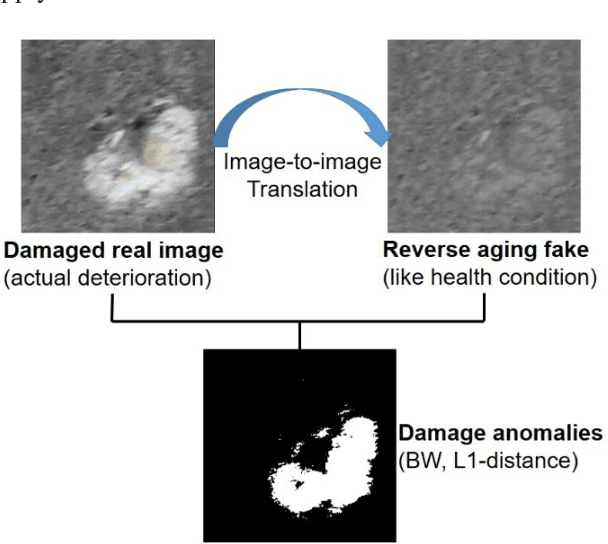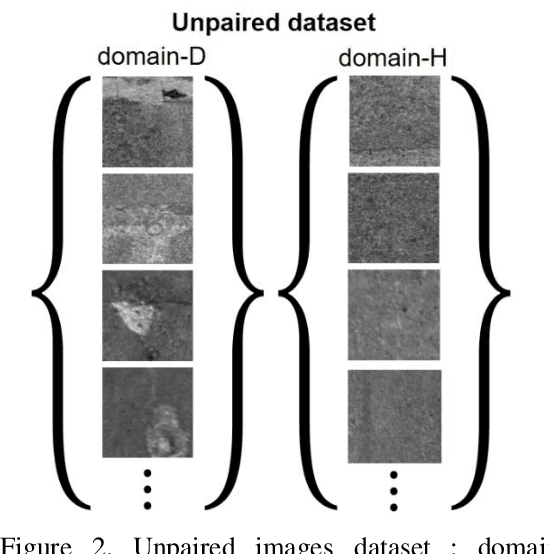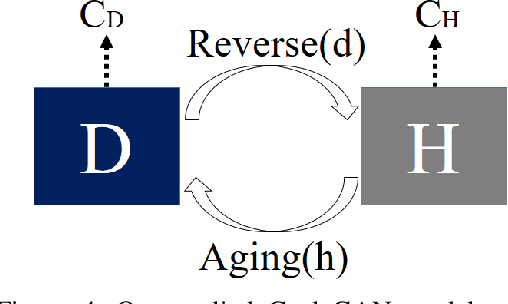Akira Ishii
Token-based Decision Criteria Are Suboptimal in In-context Learning
Jun 24, 2024Abstract:In-Context Learning (ICL) typically utilizes classification criteria from probabilities of manually selected label tokens. However, we argue that such token-based classification criteria lead to suboptimal decision boundaries, despite delicate calibrations through translation and constrained rotation. To address this problem, we propose Hidden Calibration, which renounces token probabilities and uses the nearest centroid classifier on the LM's last hidden states. In detail, we use the nearest centroid classification on the hidden states, assigning the category of the nearest centroid previously observed from a few-shot calibration set to the test sample as the predicted label. Our experiments on 3 models and 10 classification datasets indicate that Hidden Calibration consistently outperforms current token-based calibrations by about 20%. Our further analysis demonstrates that Hidden Calibration finds better classification criteria with less inter-categories overlap, and LMs provide linearly separable intra-category clusters with the help of demonstrations, which supports Hidden Calibration and gives new insights into the conventional ICL.
Generative Damage Learning for Concrete Aging Detection using Auto-flight Images
Jun 27, 2020



Abstract:In order to health monitoring the state of large scale infrastructures, image acquisition by autonomous flight drone is efficient for stable angle and high quality image. Supervised learning requires a great deal of data set consisting images and annotation labels. It takes long time to accumulate images including damaged region of interest (ROI). In recent years, unsupervised deep learning approach such as generative adversarial network (GAN) for anomaly detection algorithms have progressed. When a damaged image is a generator input, it tends to reverse from the damaged state to the health-like state image. Using the distance of distribution between the real damaged image and the generated reverse aging health-like image, it is possible to detect the concrete damage automatically from unsupervised learning. This paper proposes an anomaly detection method using unpaired image-to-image translation mapping from damaged image to reverse aging fake like health condition. Actually, we apply our method to field studies, and we examine the usefulness for health monitoring concrete damages.
 Add to Chrome
Add to Chrome Add to Firefox
Add to Firefox Add to Edge
Add to Edge